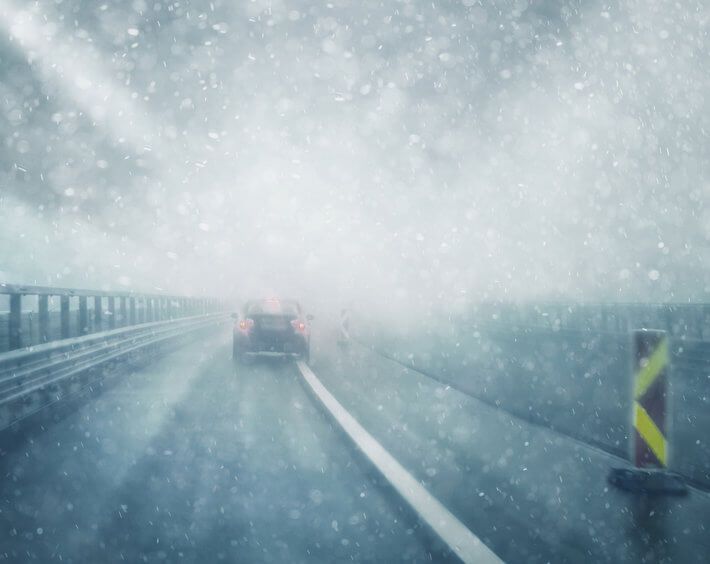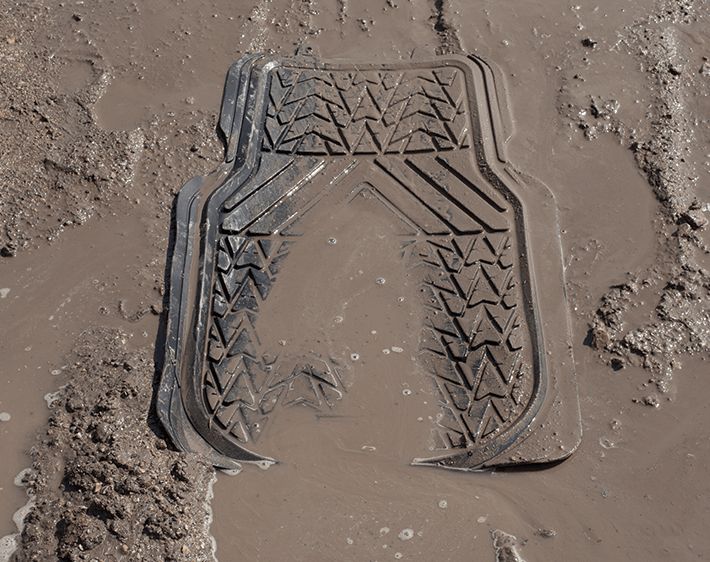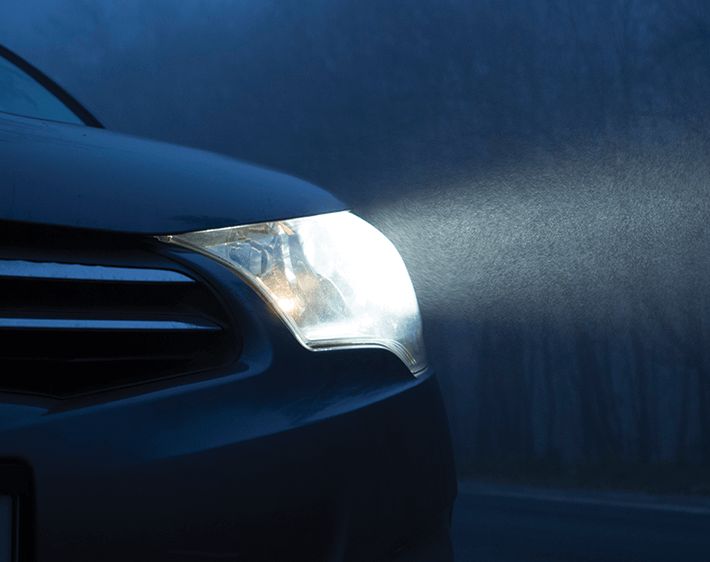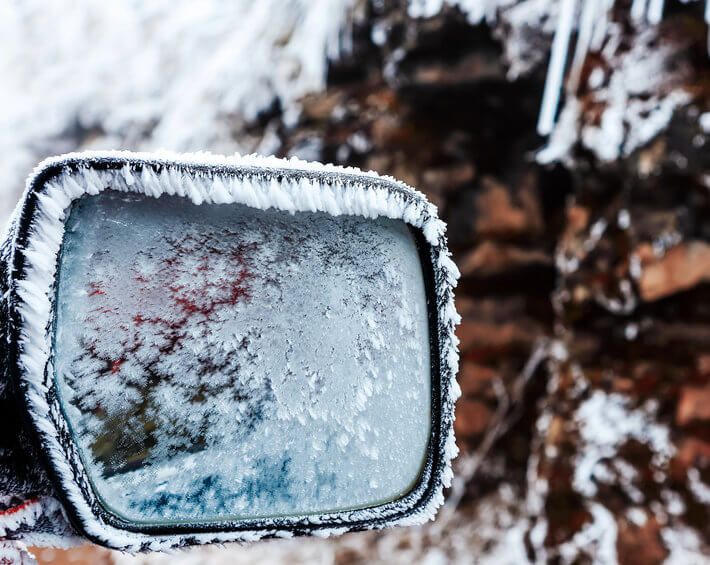Winters are rough on your car. The freezing temperatures, the blankets of snow, and the
icy roadways can cause some inevitable wear and tear to your vehicle – but could you be accidentally making things worse? You might be surprised to learn about the winter driving mistakes that could not only harm your car, but also put you, your passengers, and other drivers at risk. Check out these five winter driving habits that we’ve pretty much all been guilty of, and see what you should be doing instead.
Mistake #1: Using summer tires.
This may be the biggest winter driving no-no of all! It can be easy to overlook a tire change when winter creeps in overnight. One day you're rockin' sunglasses and shorts, and the next you're scrounging the attic for your warmest winter coat. Don’t give in to winter's sneaky ways. The tires you used during the summer aren’t equipped for driving in snow and ice. In fact, summer tires can become inefficient when the weather gets cold at all and lead to poor braking and shoddy handling. Even the thinnest layer of ice on the road can weaken summer tires, reports Weather.com, and this puts you and other drivers at risk.
Solution: Basic tire care is critical to a safe driving experience. Without the right set of tires, your car can't respond to road conditions in the way the manufacturer intended it to. Before the snow and ice hit, get a quote for winter tires and start the season off right with a safe, solid foundation.
Mistake #2: Not monitoring tire pressure.
Here’s a scary fact: your tire pressure decreases right along with the temperature outside. Keeping the correct air pressure in your tires helps them last longer and helps your car handle better and safer. For every ten-degree drop, your tire pressure drops one pound per square-inch. Given that most passenger car tires are inflated to around 35 psi, it really doesn't take too long for them to get seriously (and unsafely) low. But you don't have to watch the forecast to estimate this decrease. As a general rule of thumb, a tire will typically lose one or two pounds of air per month in cooler temperatures. So if winter tends to last five months in your state, you could safely assume that your tires would probably lose at least five pounds of air by the end of the season. How long does winter last in your state?
If you're not sure what your tire pressure should be in the first place, check your owner's manual. The correct tire pressure should also be located on the tire placard inside the driver's side doorjamb, glove box door, or fuel door. Or, find your car’s recommended tire pressure online in no time!
Solution: Check your tire pressure early and often. During the winter, it's best to keep a gauge in your car to check your tire pressure regularly, as tires can look low when they're not and vice versa.
Mistake #3: Letting your car “warm up” for too long.
It's no fun sitting in an icebox on an early morning drive and it’s easy to let the car warm up for a bit before taking off. Don’t turn your car on and then head back inside to make breakfast, though. Letting your car idle for even a few minutes wastes gas and can damage your spark plugs – not to mention create unnecessary pollution. In some states, it's even illegal! Unless your car was made before 1980, giving your engine time to "warm up" on a cold morning is a complete myth.
Solution: Don't let your car warm up for an extended period of time. Letting your car warm up for 30 seconds or less is all you really need. Check out Myth Busted! Why You Shouldn't Idle Your Car in the Cold for even more reasons to nix this habit.
Mistake #4: Letting the gas tank get to E.
Most people know how far they can really drive their vehicle once the arrow hits empty, but it’s not smart to push these limits in the winter. When your car sits outdoors in the cold winter weather, the air in your gas tank could actually moisten and freeze.
"The more gas in the tank, the less air – and less chance of ice forming inside where it could get into fuel lines and cause trouble," says AAA spokesman Robert Sinclair via CNN Money.
Solution: Stay on top of your gas gauge. You don’t want to sit in your car waiting for your gas to thaw when you’re ready to go somewhere. By keeping your tank full, thus reducing air space, you minimize this risk.
Mistake #5: Slamming on the brakes and overcorrecting on ice.
If you took driver’s ed in a cold climate, you surely learned this. When you find yourself actually skidding on ice, though, it’s easy to panic. If you slam on the brakes and yank the steering wheel, your car will likely spin out of control, taking the situation from bad to worse.
Solution: For everyone's safety, keep your movements gentle when navigating on ice. Stay calm, tap your brakes, and gently point the steering wheel in the direction you want to go.
Avoid unnecessary trouble this winter by cutting out these not-so-great driving habits. Prep your car before winter gets into full swing and you’ll be ready for whatever conditions Mother Nature throws your way. Take the first step by visiting your local Firestone Complete Auto Care location and talk to a tire expert about choosing the right winter tires for your ride! Remember, when you give your car what it needs, it'll give you back a whole lot more.



